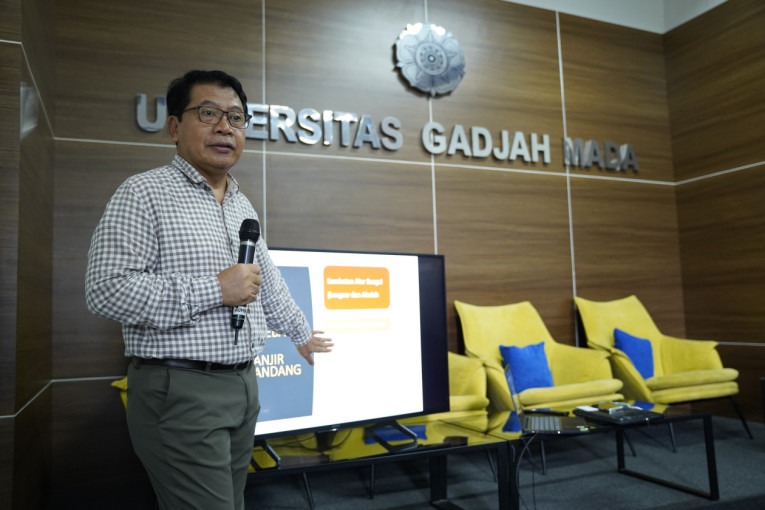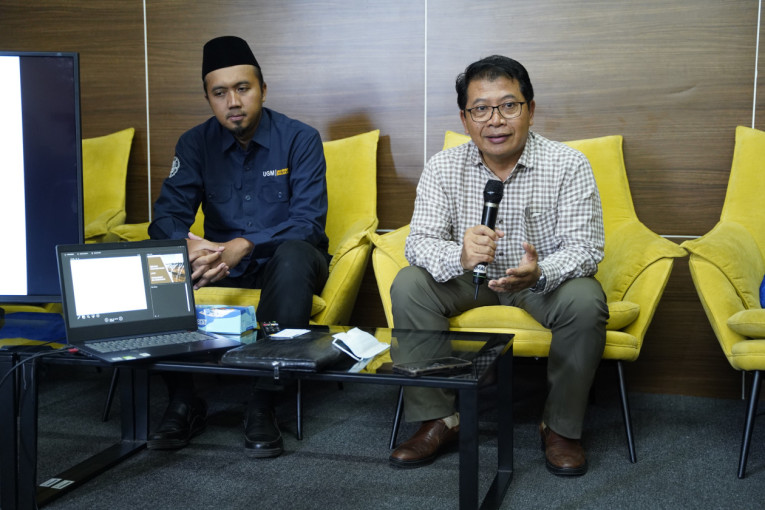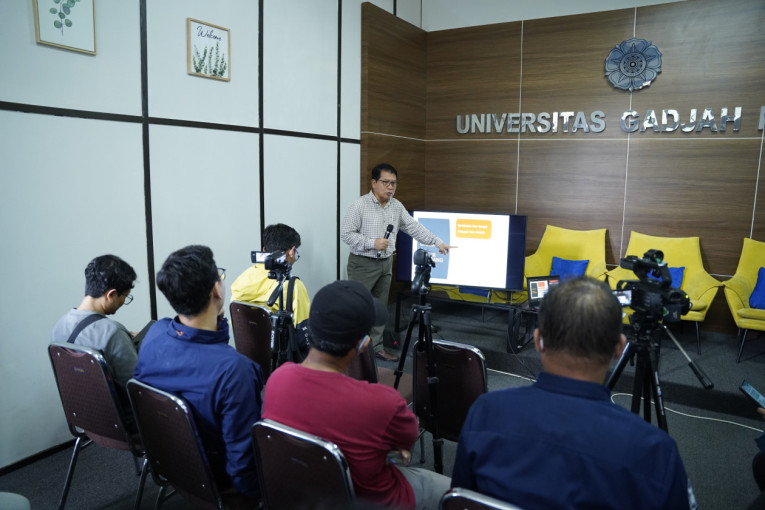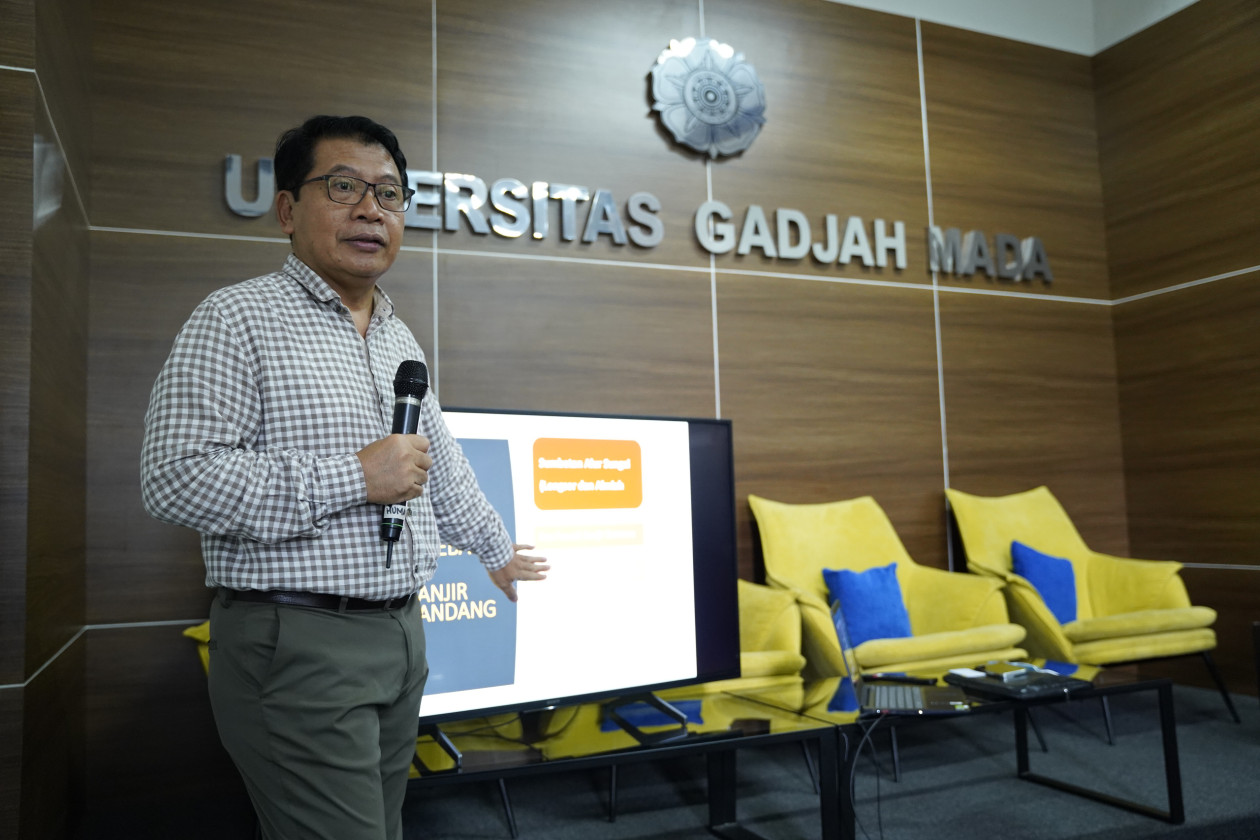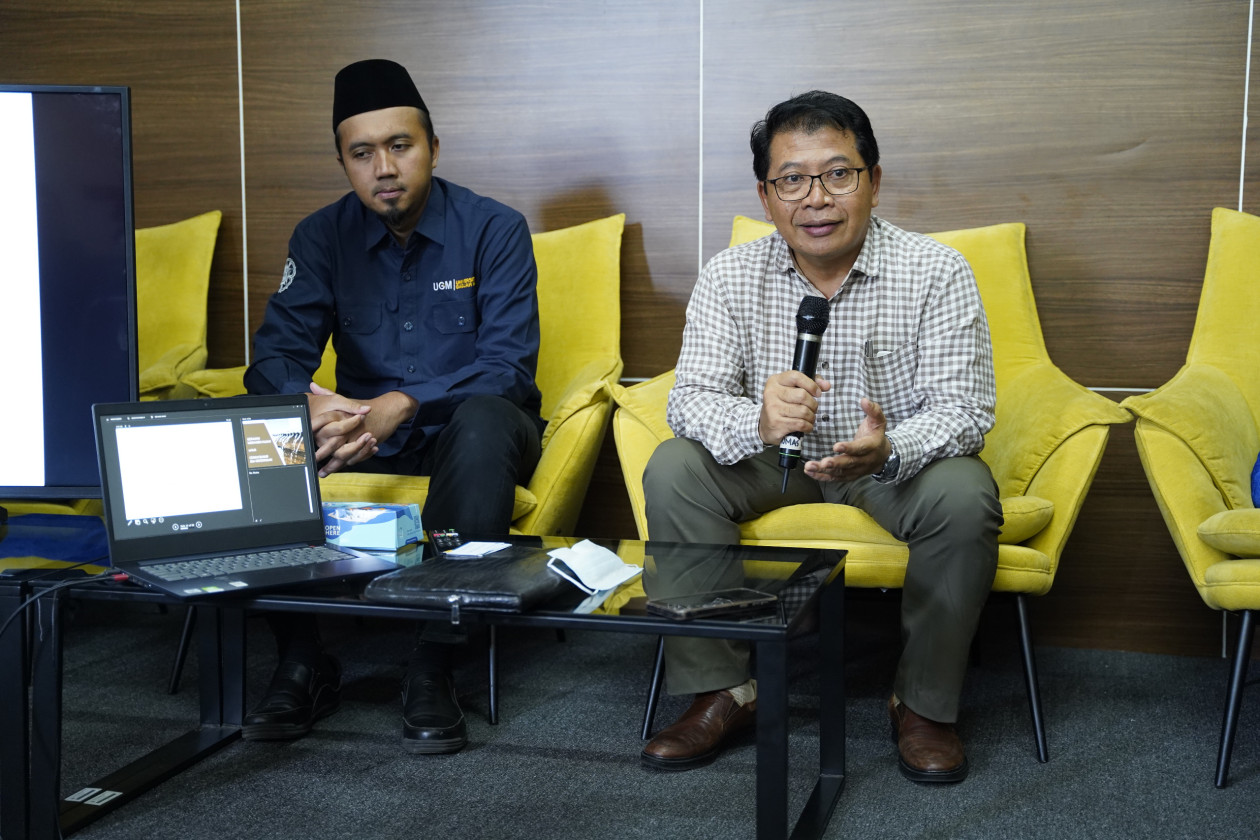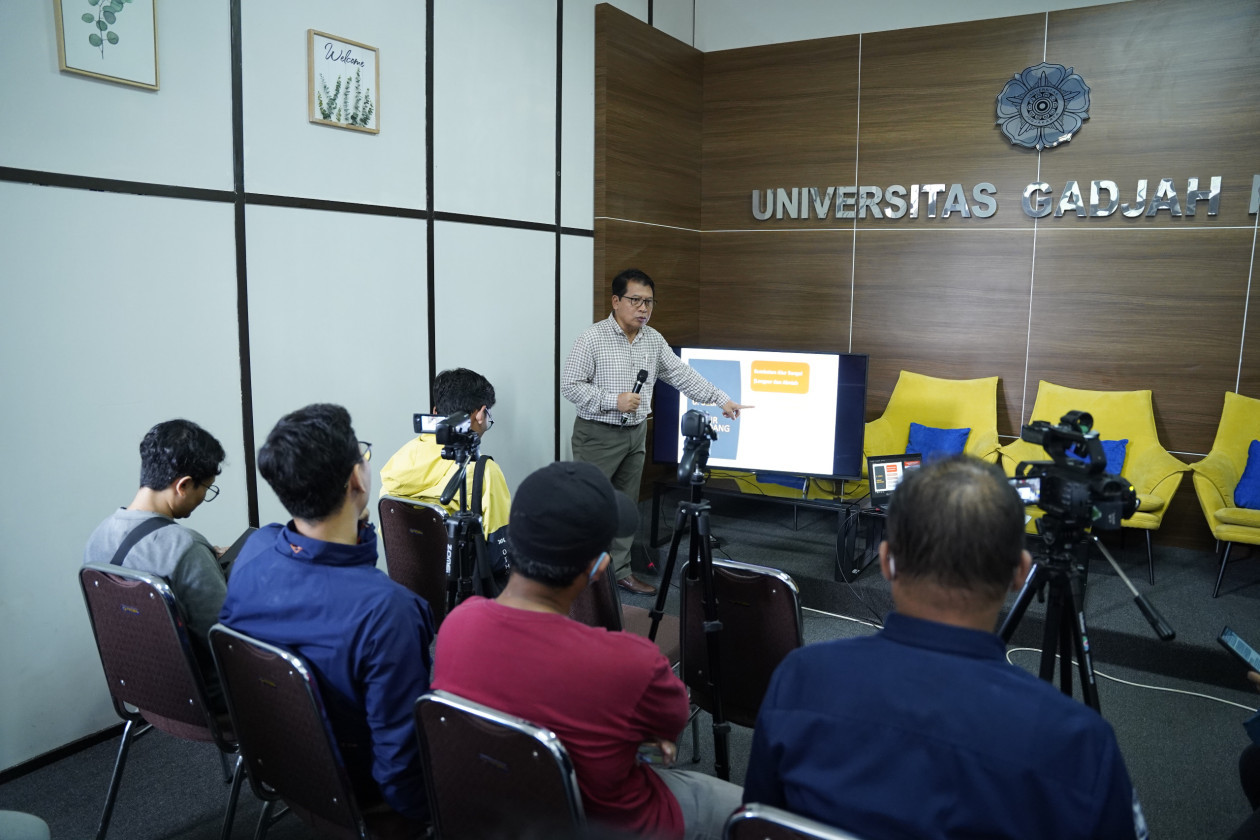Professor Agus Maryono, a water management expert at UGM, is sounding the alarm about an elevated risk of flash floods at the onset of the rainy season.
Strategic precautions are imperative, necessitating the mobilization of diverse community factions to inspect riverbanks for potential landslides that rapid currents could unleash.
“Landslides often trigger flash floods. Identifying blockages allows the community to take action and clear them. Restoring a smooth flow eliminates the risk of flash floods,” Professor Maryono emphasized during a press conference at UGM on Wednesday (Dec. 6).
He elaborated that smaller and medium-sized rivers in hilly terrains with cliffs pose a heightened risk of landslides and flash floods compared to larger rivers. Additionally, rivers with a history of flash floods are more susceptible to recurring incidents.
Professor Maryono stressed the importance of collective river exploration and inspection activities, particularly in rivers coursing through settlements or villages. This collaborative effort involves the community, government, and business sectors.
“The community is invited, and the outcomes are discussed to foster understanding and a sense of river ownership. If flash floods are averted, the community thrives, utilizing the river for tourism, fisheries, and agriculture,” he explained.
Highlighting flash flood risks in Yogyakarta, Professor Maryono singled out rivers like the Code River. He commended the various river communities, actively educating and mobilizing residents to preserve the river environment and preempt potential risks.
Dr. M. Anggri Setiawan, Head of the UGM Center for Disaster Studies, acknowledged the government’s involvement in mitigating hydro-meteorological disasters through regulations and institutions.
He urged optimizing anticipatory actions, emphasizing their international promotion and ongoing formulation of national-level guidelines.
Dr. Setiawan emphasized the changing seasons as an opportunity to enhance public literacy regarding hydro-meteorological disaster phenomena. With effective synergy among stakeholders, disaster risks can be anticipated and their impact minimized.
“Disasters can be addressed through a penta-helix approach. Let’s promote anticipatory action by showcasing successful examples to complement existing disaster management efforts,” urged Dr. Setiawan.
Author: Gloria
Photographer: Paris


